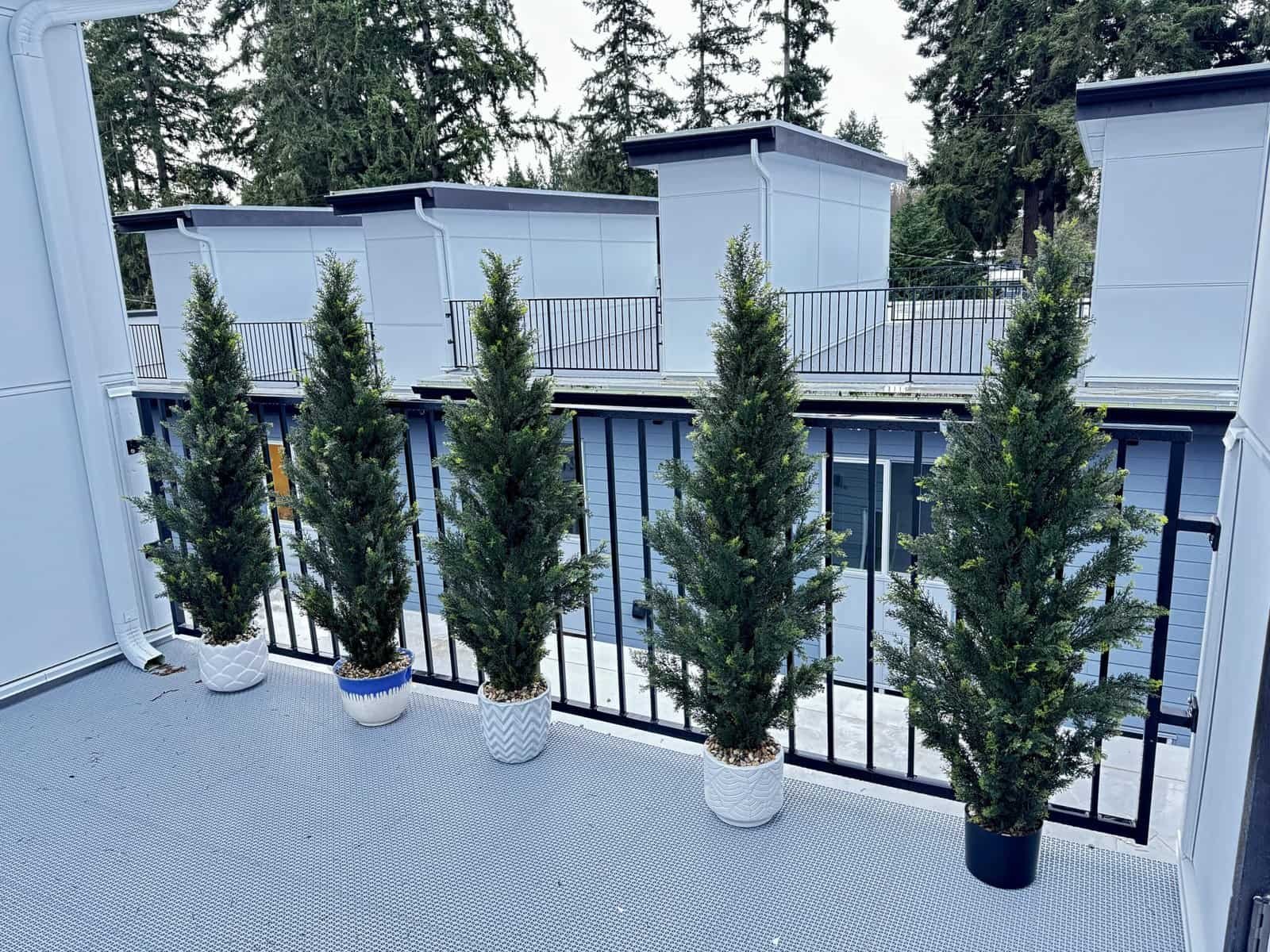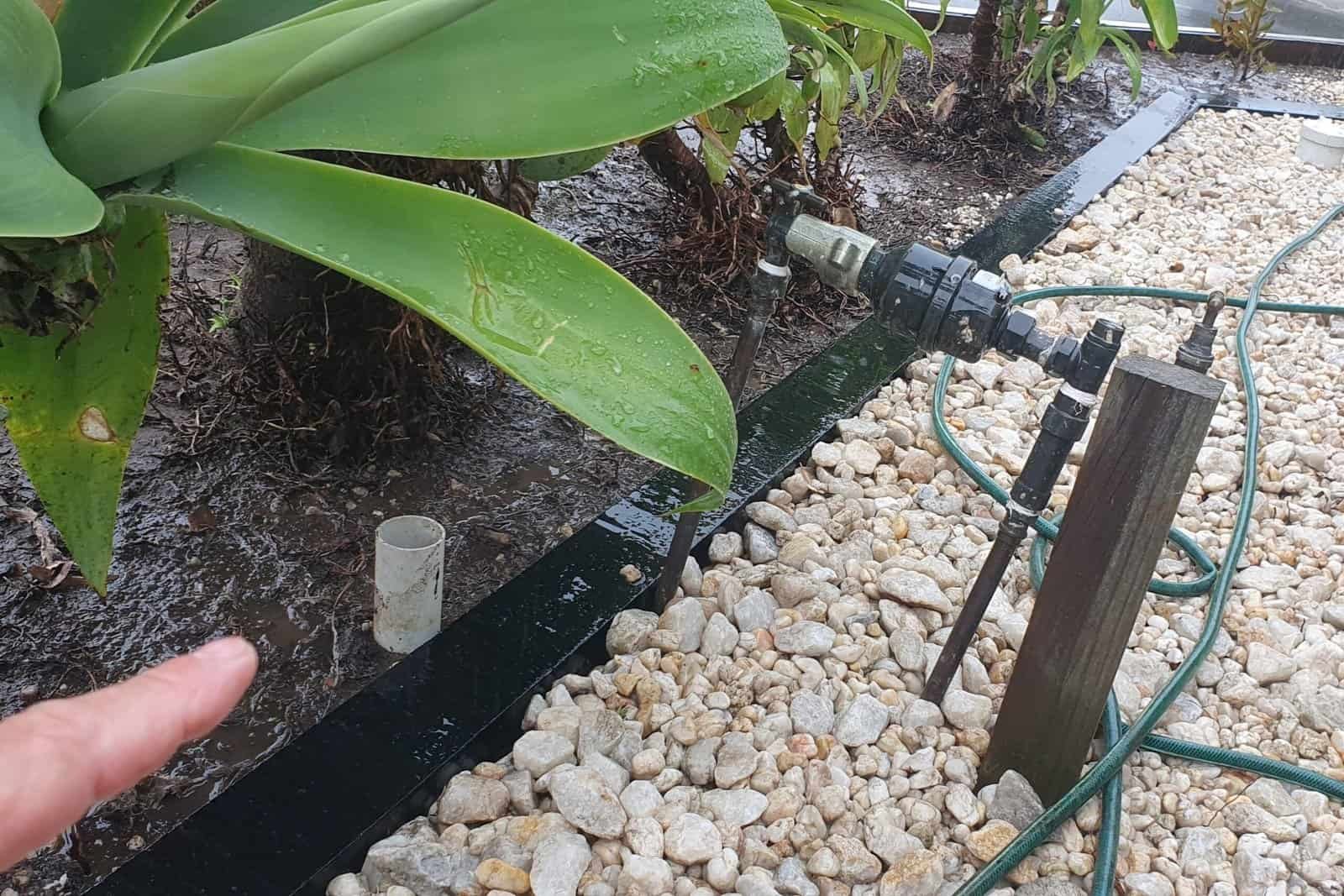Wilted plants can make anyone feel hopeless. Many assume a drooping plant is dead, but it’s often just thirsty. This blog will show you how to bring a wilted plant back to life just in 2 hours! Keep reading to save your struggling plants fast.
Contents
Reasons for Plant Wilt
Plants wilt when they lose too much water or face harsh conditions. Their leaves droop, signaling a cry for help.

High moisture demand
Some plants like hydrangeas, ferns, and calatheas need more water than others. They lose turgor pressure quickly if they don’t get enough moisture, causing wilting. Dry air adds to the problem by speeding up transpiration, especially for moisture-loving plants.
Dust on leaves makes it worse by blocking water retention and increasing stress. Low humidity harms these plants further by drying them out faster. Quick action is needed for their high hydration needs to avoid lasting damage.
Short breaks between waterings
Plants with high water needs, like hydrangeas, can wilt quickly if not watered on time. Short intervals without water stress the plant roots and reduce soil moisture. This leads to dehydration and wilting in a short period.
Soil that dries too fast harms plant health. A proper watering schedule is key to avoiding this problem. Careful monitoring of soil moisture helps prevent such stress. Ensuring hydration at the right times keeps plants thriving even during hot days.
Extreme heat
Prolonged exposure to extreme heat can cause serious damage to plants. Temperatures above 86°F (30°C) often lead to wilting, dried leaf edges, or even flower and fruit drop. Most plants thrive between 68°F and 86°F but struggle outside this range.
Heat stress reduces photosynthesis and harms cells through oxidative stress. This stunts growth and weakens plant resilience over time. Moving a wilted plant into the shade quickly helps recovery within a few hours.
Cooler conditions protect from further damage while allowing hydration to restore the plant’s health.
Methods for Reviving Wilted Plants
Give the plant a quick hydration boost with simple steps. These methods help restore moisture and health fast.

Immersion in warm water
Prepare warm water by mixing boiling and cooler water until it feels just warm to the touch. Place the entire pot in this water. Let it soak for 15 to 30 minutes, or longer if the plant looks very dry.
Warm water helps soil absorb moisture faster. It also boosts biological activity, speeding up rehydration. This method works especially well for plants like hydrangeas suffering from severe dehydration.
Move on to spraying techniques after soaking the soil thoroughly.
Spraying the plant
Spray the entire plant with clean water to help it recover faster. This reduces evaporation from leaves and lowers their temperature. Moisture-loving plants, like hydrangeas, benefit greatly from this method.
Use a fine spray nozzle for even coverage.
Spraying works well with other hydration steps, like soaking the roots in warm water. It helps wilted foliage perk up quickly and prevents extra stress on the plant. Keeping the spray clean also avoids spreading diseases during recovery efforts.
Moving forward….
Placing in a cool environment
Move the plant to a shaded area. This reduces heat stress and protects it from direct sunlight. After watering, placing it in a room between 5°C and 10°C helps cool the roots while preventing quick evaporation.
Use wet gravel in a tray to raise humidity around the plant. A cooler space promotes recovery from dehydration and lowers leaf stress. Keep the plant in this environment for several hours for better hydration results.
Time-Lapse Results (Watch the Video)
The plant shows visible recovery within 2-3 hours, making the process quick and rewarding—discover the steps to see this transformation yourself!
Significant improvement after 2-3 hours
Most wilted plants begin to perk up within 2-3 hours after proper hydration. Leaves regain turgor quickly, showing visible recovery. A simple soak of the pot in water for 15 minutes often achieves this result.
Peace Lilies and hydrangeas are common examples that respond well to such interventions.
Gardeners notice these changes early with moisture-loving plants. Many even record time-lapse videos to prove how fast the process works. With just one hour, many leaves look healthier, but full hydration may take longer.
Regular checks will help ensure better results… Keep reading for complete rehydration tips!
Additional hour for complete hydration
An extra hour in a cool space helps the plant absorb water fully. This step ensures complete hydration and improves recovery chances. Boiled water can be used for soaking, as it removes harmful bacteria.
Allowing this rest period conditions the plant for better stabilization.
Letting the plant acclimate after rehydration is vital before moving to normal care routines. Pausing during this hour prevents shock when returning to sunlight or regular watering schedules.
It prepares the plant for trimming and other care steps next.
Post-Rehydration Care
Trim dead leaves and check the soil, then care for it to keep it healthy!

Removing dead parts of the plant
Cutting dead leaves and stems helps plants grow stronger. Brown or yellow leaves should be clipped to make room for new growth. Pruning sick parts keeps pests and diseases away by boosting ventilation around the foliage.
Dead plant material can hide bacteria or fungi, which harm plants further. Removing these parts also improves air circulation, keeping the plant healthy. Regular checks ensure no dying sections are left behind to spread issues like pests or mold.
Importance of preventing future dehydration
Plants weaken under repeated water stress. Dehydration stops key functions, like photosynthesis, harming plant physiology and health. Without proper hydration, soil moisture drops too low for roots to absorb enough water.
Drought resistance decreases over time, reducing recovery potential.
Climate change adds more heat waves and dry spells. Effective water management boosts resilience strategies so plants can handle tough conditions better. Keeping soil moist helps maintain vegetative health during hot days or droughts.
Monitoring pre-drought signs also aids long-term growth and survival rates in harsh climates.
Conclusion
Bringing a wilted plant back to life is easier than it seems. With water, gentle care, and the right steps, plants can recover quickly. Immersing in warm water or spraying helps them rehydrate fast.
After just two hours in a cooler spot, leaves can perk up again. A few extra minutes of care later can ensure long-term health!
FAQs
1. How can I revive a wilted plant quickly?
Place the wilted plant in a sink or bucket filled with room-temperature water for 30-60 minutes. This allows the roots to absorb moisture and rehydrate.
2. Should I trim any parts of my wilted plant?
Yes, cut off dead leaves or stems. This helps the plant focus energy on healthy growth and recovery.
3. What’s the best location for a recovering plant?
Put it in indirect sunlight, not direct light, to avoid stress while it regains strength.
4. Can overwatering cause plants to wilt?
Yes, too much water can harm roots and lead to wilting. Always check soil moisture before watering again.





